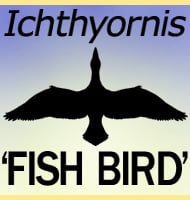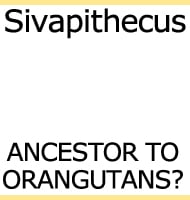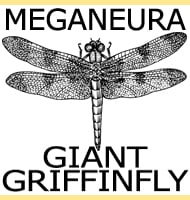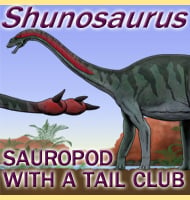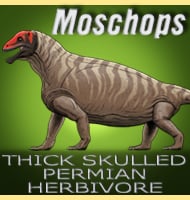In Depth
Ubirajara is a genus of compsognathid dinosaur that lived in South America during the early Cretaceous. At the time of its description Ubirajara is unique amongst the compsognathids due to the elaborate feather covering. This is mainly from a bushy mane of hair like proto-feathers that measured up to 11 centimetres long over the dorsal vertebrae. The original describers interpreted these hairs as being part of a mane that could be raised as part of a display. Even more spectacular though were a pair of fifteen centimetre long spike-like structures growing out from the left hand side from above the shoulder girdle (presumably a matching pair would have grown from the right hand side as well). These spines may have served a major display purpose in a similar manner to a modern day Standardwing bird-of-paradise (Semioptera wallacii). It is the presence of these spikes that were the inspiration for the name Ubirajara, which in the indigenous Tupi language of Brazil means ‘Lord of the Spear’.
As a compsognathid dinosaur Ubirajara is expected to have been a small predator, perhaps focusing upon smaller reptiles such as small mammals, lizards, small juveniles of dinosaurs, perhaps even larger invertebrates. The full size of Ubirajara is unknown for two reasons. First is that the holotype specimen is missing its tail and skull as well as other parts of the post cranial skeleton. This means only a best guess can be extrapolated by scaling known elements to other better preserved compsognathid dinosaurs. Second, the holotype of Ubirajara seems to have been a juvenile and certainly not fully grown at the time of its death. Compsognathid dinosaurs however are generally smaller theropods with an average range of sizes from below one meter up to two meters long. The holotype individual of Ubirajara seems to have measured at least one meter long at the time of its death.
The extensive feather growths of Ubirajara is further weight to the idea that most, maybe even all compsognathid dinosaurs were feathered, though there seems to be a high amount of variation between genera. Other genera of compsognathid dinosaurs with confirmed primitive hair like feather coverings include the genera Sinosauropteryx and Sinocalliopteryx. It is highly probable that future discoveries will increase the number of compsognathid dinosaurs with confirmed feathers even further.
Further Reading
- A maned theropod dinosaur from Brazil with elaborate integumentary structures. - Cretaceous Research. - Robert S. H. Smyth, David M. Martill, Eberhard Frey, Hector E. Rivera-Silva & Norbert Lenz - 2020.

